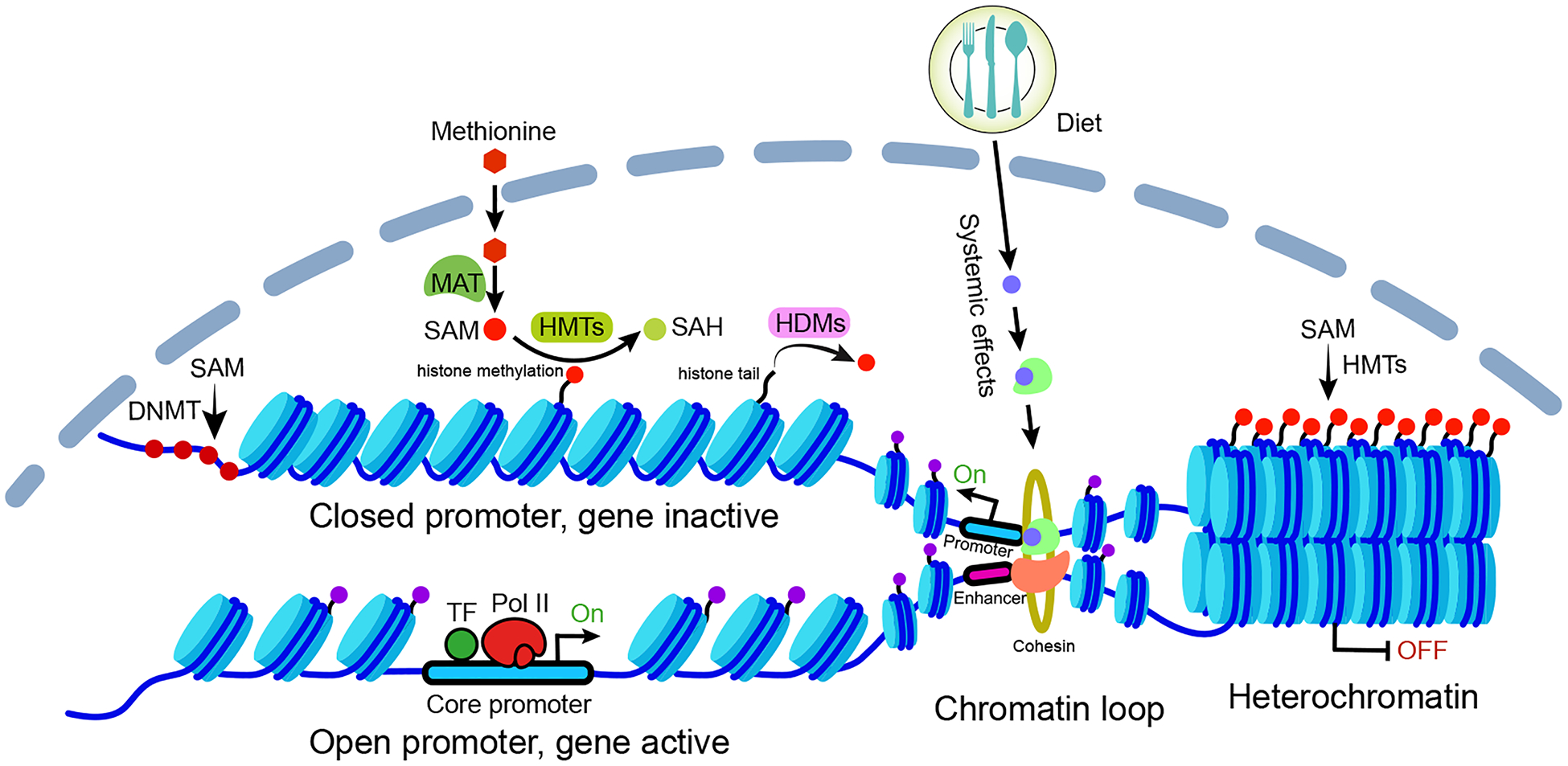Figure 1. Overview of how metabolism influences gene activation via chromatin regulations.

The gene activation and repression are mediated by chromatin structure and modifications, which can be regulated by metabolism through several mechanisms. Metabolic intermediates (e.g. S-adenosylmethionine [SAM]), catalyzed from the primary metabolites (e.g. methionine) by various enzymes (e.g. methionine adenosyltransferase [MAT]), are transported into the nucleus and serve as the substrates for histone and DNA modifications. Enzymes, such as methyltransferases and demethylases, are responsible for the deposition and removal of these modifications. Various modifications can either activate or repress gene transcription by altering DNA accessibility, for example, forming compact heterochromatin structure, exposing DNA regulatory elements to transcription factors (TFs) as well as transcription machinery (Pol II complex) by nucleosome remodeling. Moreover, the systemic effects of diets (e.g. activation of the nuclear receptor) can mediate chromatin looping and drive gene expression by promoting the interactions between enhancers and promoters. SAH: S-adenosylhomocysteine, is a product of methylation reaction involving SAM. DNMT, DNA methyltransferases; HMT, histone methyltransferase; HDM, histone demethylase.
